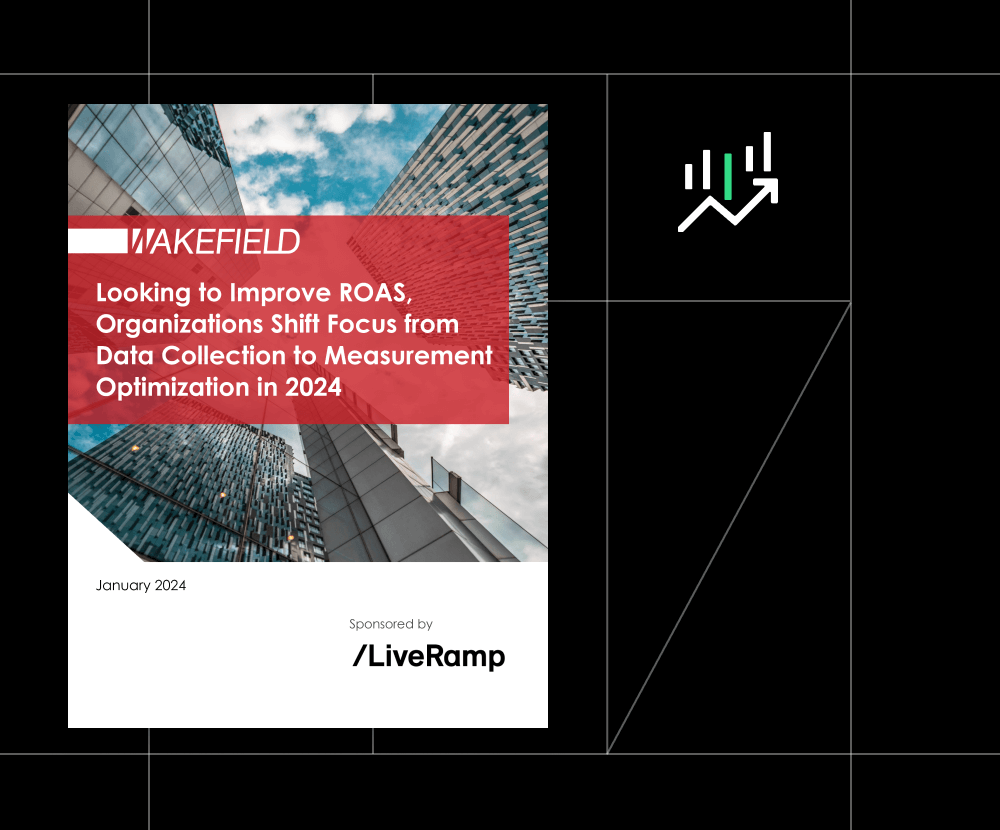The latest benchmark in CTV’s ongoing takeover of TV: according to Insider Intelligence, in 2023, a majority of US households will no longer have a cable TV subscription – but two-thirds of the US population will watch CTV content this year. While TV consumption of all types reached an all-time high in 2022, the waters continue to shift beneath marketers, and they should continue updating their TV strategies to reflect the ever-changing mix of viewing behaviors and optimize their budgets accordingly.
Here are four things marketers need to know about the ways that TV is changing in 2023, and how to adjust their strategies.
1. Big TV media companies are racing to drive connected TV profitability amidst intense competition, giving marketers a much wider range of inventory – most of which is addressable
Streaming represents many different opportunities to media companies, with one major player recently describing their goals for their platform as flexing their tech prowess, showcasing premier content, and making for viral and shareable moments – with the potential for commerce and shoppability in the near future. Beyond their marquee goals, streaming platforms also offer these companies more control and protection over their customers’ privacy, as well as the ability to offer robust measurement capabilities.
Within CTV, ad-supported streaming models are in vogue as TV media companies continue to invest in streaming content and programming. This means increased addressable inventory, enabling marketers to reach logged-in consumers through their streaming devices. Marketers can take advantage of this inventory to gain better control over target audiences and manage cross screen reach and frequency.
As streaming TV offerings proliferate, marketers will need to build their data collaboration skillsets. Furthermore, during this shakeout period, platforms will likely select a wide range of data clean rooms, and marketers will also need to be proficient across all of them.
2. In an ecosystem where one streamer may have hundreds of partners, marketers and publishers must manage the ever-growing and evolving market fragmentation – while also evaluating new offerings like ad-supported services from streaming giants
In the midst of this ecosystem, marketers may be flooded with choices. Any new offering – like the streaming giants’ new ad-supported services – is competing for mindshare among the laundry list of other priorities that need addressing, as well as competitive options in a bountiful market.
Marketers must figure how these new channels figure into their media mix, and properly account for them as a part of a holistic advertising strategy. In order to do so, marketers must take an omnichannel view in order to properly account for their customers’ journeys, and allocate the proper amount of resources to these channels befitting their importance to their target audiences.
3. Marketers and Publishers will demand measurement excellence
Amidst advertising’s broader economic woes, marketers need to be able to justify every ad dollar across every screen with measurement – and all parties must start thinking about collaboration. Interoperable identity provides immense benefits here, as it unlocks not just standardized measurement for buyers, but also a better opportunity to engage consumers. People-based marketing unlocks an omnichannel view of your consumer touchpoints, enabling you to make holistic decisions about your investment and prioritize the most valuable channels. In addition, it enables a better viewing experience through things like audience suppression.
When used in combination with tools like data collaboration, layering with data from publishers and data providers, identity can enhance advanced insights to better connect with customers, understand marketing investments, and refine marketing strategies.
4. As the TV acceleration era continues, marketers must prioritize interoperability and versatility
As these predictions make clear, 2023 will continue the TV market’s era of change – from the waning of traditional cable, to the arms race in ad-supported services, to the critical need for measurement solutions. Marketers need to be in many different pots at once – and need to keep an eye on the big picture of their ad spend and returns.
Interoperable identity makes marketers’ lives easier across all facets of the TV buy side – including through some newer use cases, like working in programmers’ clean rooms. Simultaneously, to support the future of TV, the ecosystem needs privacy and control. Leading interoperable identity solutions make this a reality, while also bringing the buy side and sell side closer together.
Read more about our must-know trends in our ebook, Convergent TV in 2023.
